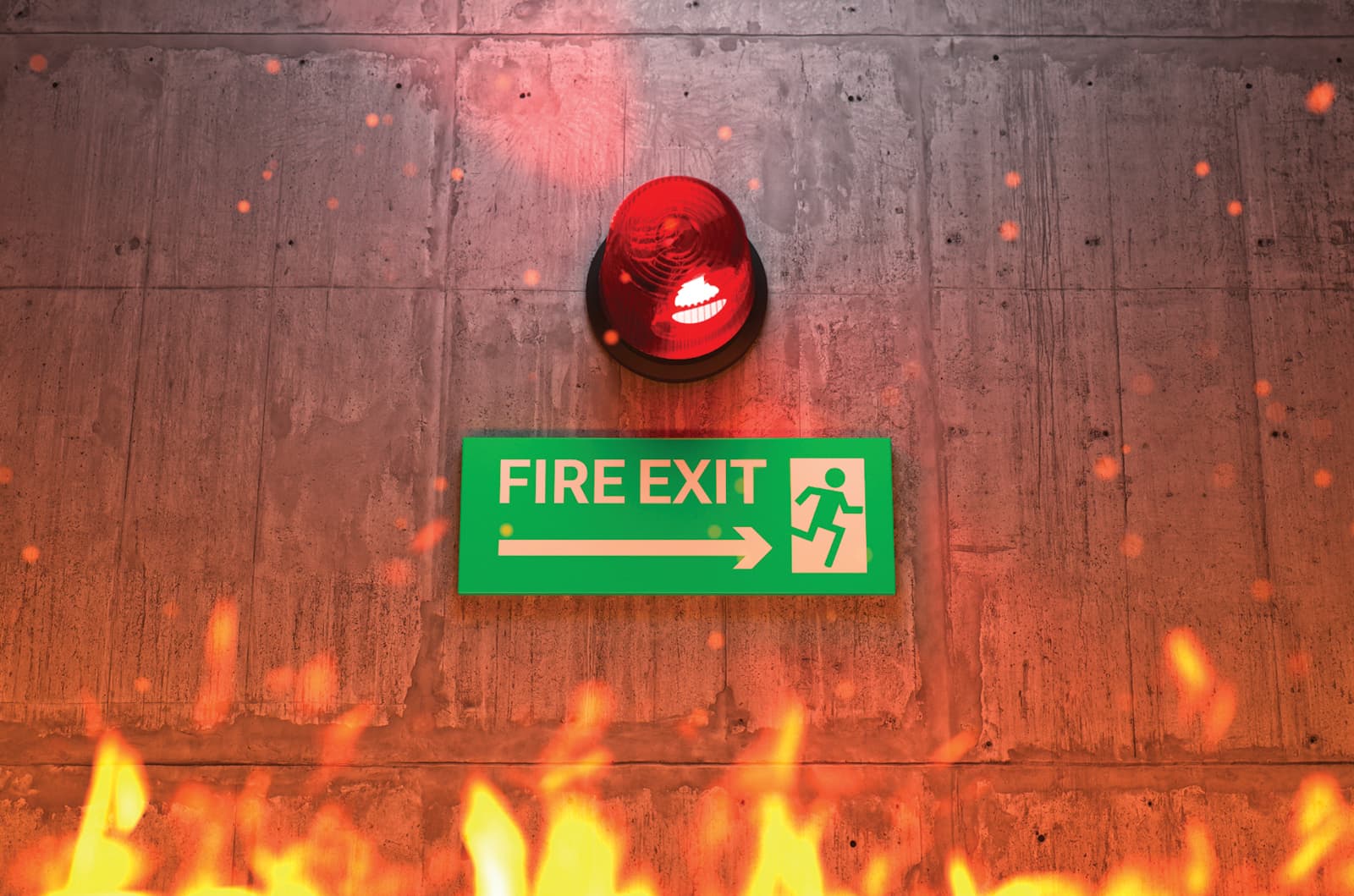Picture this: every year, fire departments across the U.S. respond to nearly 400,000 home fires. These fires cause over 2,700 deaths and more than 13,000 injuries annually, making fire safety a critical issue for every household. The good news is, many of these fires are preventable. Reading this blog post about fire safety facts you need to know and taking proactive steps, such as installing smoke alarms and maintaining fire safety protocols, you can significantly reduce the risks and keep your family safe.
One of the simplest yet most effective tools in your arsenal is a smoke alarm. With more than 93% of homes having at least one smoke alarm, the residential fire death rate has dropped nearly 50% over the years. However, we still have a long way to go.
While it’s comforting to know many homes have smoke alarms, the harsh reality is that two-thirds of fatal fires occur in homes without working smoke alarms. Often, the alarms are either missing or inoperable. Even more concerning is that fires frequently occur when people are least prepared—between midnight and 8:00 AM, while most are sound asleep. Modern homes present an additional challenge. Furnished with synthetic materials like polyurethane foam, they burn hotter and faster than ever before. In the 1970s, homeowners had about 17 minutes to escape a fire; today, that window is reduced to just three minutes.
Why Smoke Alarms Are Essential: Key Fire Safety Facts You Need to Know
Smoke alarms are more than just beeping gadgets—they’re life-saving devices that can mean the difference between a close call and a catastrophe. They provide early warnings, giving you precious moments to evacuate safely. Different types of alarms, such as ionization and photoelectric models, specialize in detecting flaming and smoldering fires, respectively. Homes equipped with working smoke alarms have nearly 50% better survival rates during a fire.
How to Maximize Fire Safety in Your Home
To maximize your safety, installing multiple smoke alarms is essential. One alarm per home isn’t enough. Experts recommend placing alarms in every bedroom, hallways outside sleeping areas, and on each level of your home, including basements. However, avoid placing them in kitchens or bathrooms, as these areas are prone to false alarms. Testing smoke alarms monthly ensures they’re ready when you need them. Simply press the test button; if it doesn’t sound, replace the batteries or the alarm itself. Smoke alarms should also be replaced every 10 years to maintain their effectiveness.
Don’t Forget a Fire Escape Plan
Having a fire escape plan is just as important as installing smoke alarms. Discuss and practice evacuation routes with your family, ensuring everyone knows two ways out of every room. Regular fire drills, especially at night, can prepare your family for an emergency. Sleep with bedroom doors closed to create a barrier against smoke and heat, giving you extra time to escape.
Advanced Features for Enhanced Safety
Some smoke alarms offer advanced features for added protection. For families with children, alarms with personalised voice recordings have been proven to wake kids more effectively than traditional beeping sounds. For the hearing impaired, smoke alarms with strobe lights or vibrating features ensure everyone in the household can be alerted in an emergency. And if you’re worried about false alarms from cooking, modern smoke alarms often include a “hush” button to temporarily silence them without disabling the system.
Sprinklers: The Ultimate Fire Safety Companion
For the ultimate in fire safety, consider pairing smoke alarms with residential sprinklers. While smoke alarms alert you to danger, sprinklers actively combat fires, reducing their intensity and giving you even more time to escape. Together, these systems create a nearly 100% survival rate in residential fires, making them a worthwhile investment for any homeowner.
Fire safety is about more than installing smoke alarms; it’s about creating a culture of preparedness. At Safetech, we’re passionate about helping families protect what matters most. From providing high-quality fire safety products to offering expert advice, we’re here to support your safety journey. Explore our range of fire safety solutions and take the first step toward a safer home today.
















